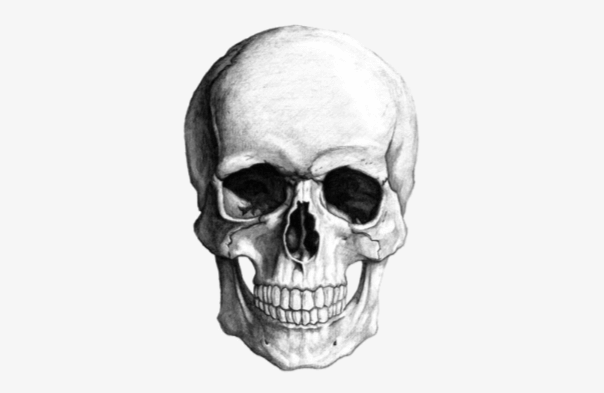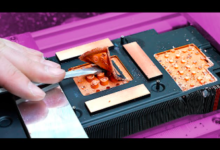Drawing:Oldj_7nsvxk= Simple:5h-Yxic24pq= Skull

Drawing:Oldj_7nsvxk= Simple:5h-Yxic24pq= Skull serves as a fascinating intersection of art and anatomy, where understanding the underlying structure is crucial to achieving accuracy and depth. By breaking down the skull into its basic shapes and refining details, artists can avoid common pitfalls that detract from their work. Exploring essential materials and techniques not only enhances skill but also fosters a deeper appreciation for this complex subject. Yet, what often remains unaddressed are the nuanced approaches that can elevate a simple drawing into a compelling piece of art.
Understanding Skull Anatomy
One might say that the skull is a remarkable structure, serving as both a protective casing for the brain and a foundational framework for the face.
Its intricate skull structure encompasses vital anatomical landmarks, such as the orbits and nasal cavity, which are essential for understanding human form.
This complexity invites artists to explore the interplay of light and shadow, enhancing their expressive capabilities.
Essential Drawing Materials
Choosing the right drawing materials is crucial for accurately capturing the intricate details of the skull.
Different pencil types, from soft to hard leads, allow for varying degrees of shading and precision. Meanwhile, selecting appropriate paper textures enhances the tactile experience, providing a canvas that responds uniquely to each stroke.
Together, these elements empower artists to explore the nuances of form and shadow with freedom.
Step-by-Step Drawing Techniques
To capture the essence of the skull through drawing, a systematic approach is essential.
Begin with basic shapes to establish structure, then refine details, incorporating perspective drawing for depth.
Employ shading techniques to create dimension and realism, allowing light to dance across the surface.
This methodical progression not only enhances your skills but also liberates your creativity, inviting expression in every stroke.
Read Also Anime:7dwgxkjfolo= Nico Robin One Piece

Common Mistakes to Avoid
How can aspiring artists avoid the pitfalls that commonly hinder their attempts at drawing a skull? One crucial mistake is neglecting proportional accuracy, which can distort the overall form.
Additionally, inadequate mastery of shading techniques can result in flat, lifeless representations. To truly capture the essence of a skull, artists must balance these elements, allowing their creativity to flourish while maintaining structural integrity.
Conclusion
The intricate process of Drawing:Oldj_7nsvxk= Simple:5h-Yxic24pq= Skull unveils the beauty of anatomical precision, akin to a sculptor chiseling a block of marble into a lifelike form. Each curve and contour, meticulously rendered, transforms a mere outline into a captivating representation of life and death. Mastery in this art requires not only an understanding of structure but also a deep appreciation for the nuances of shading and detail. Ultimately, the journey of capturing the skull serves as a profound exploration of human existence.






